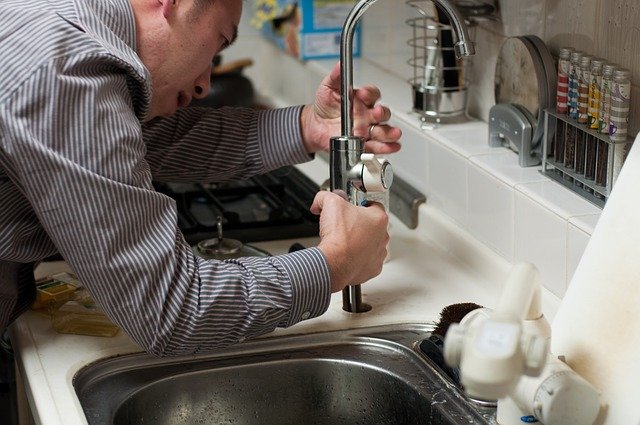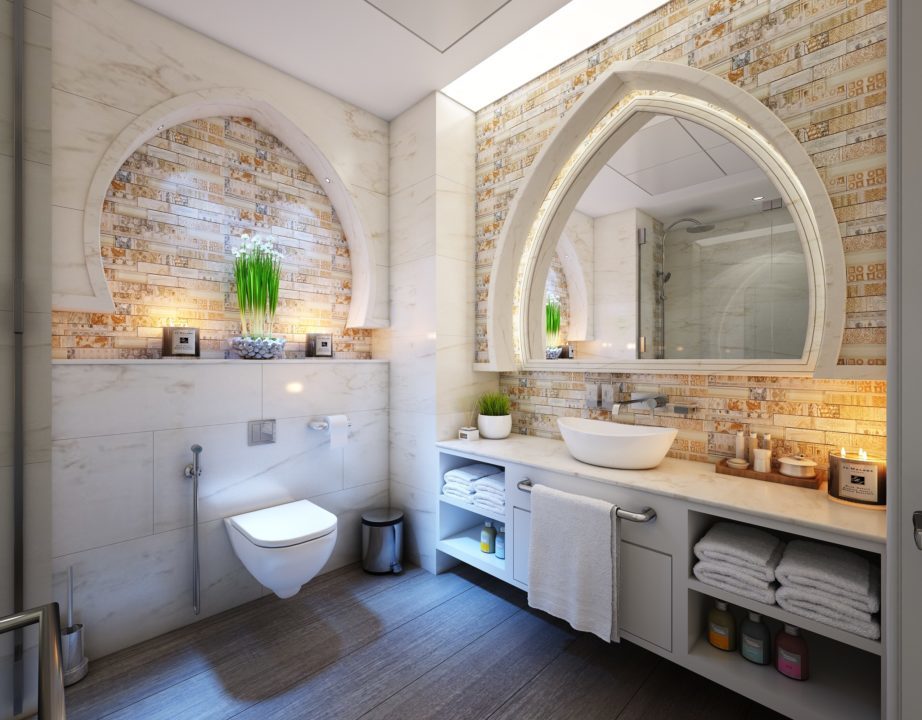The plumbing structure of any home is a challenging puzzle to solve and an intensely difficult mystery to unravel.
It has a labyrinth of concealed and unconcealed pipes, several valves, vents, and drains. It also has inflow and outflow channels. Then, if you have a water heating system, there are separate pipes for it.

We don’t bother with it as long as things work smoothly and the water flows out of our faucets. But, as soon as there is a leakage or seepage, we rush to find the origin.
Water leakage is easily manageable, but some water disasters cause severe damage to your property. One of them is sewage overflow.
Sewage overflow is a result of choking or any other issue due to which the sewage doesn’t flow from your house’s drain to the municipal sewer. As a result, the sewage backflows from the sewer into your home drain and causes flooding.
It can result in a particularly bad situation, especially with the stench and all the water logging in your home. But there is one way to protect your valuable home from being destroyed by sewage backflow. It is called a ‘backwater valve.’
What is a backwater valve?
To understand what a backwater valve is, you first have to get a basic idea of the plumbing structure of any home.
Typically, any residential unit has a water inflow system and an outflow system or drainage system. Water comes from the inflow pipes into our faucets. We use the water, and then it flows through our drainage pipes to the main drain from where it goes into the municipal drain.
This a system working in its perfect condition. However, there is a possibility of a choking somewhere in your home’s drainage system. Or, the drainage doesn’t flow into the municipality’s sewerage system and flows backward into the pipe.
To prevent this backflow, backwater valves are installed in homes’ drainage systems. A backwater valve is also called a backflow or a sewer backup valve. It stops water from flowing back into the drainpipes and overflow from flow drains and commodes.
A backwater valve also prevents overflowing in your home during the rainy season when the water level rises in the city’s sewers.
Why do you need a backwater valve?
The first and the foremost reason for having a backwater valve in your home’s drainage system is to prevent the overflowing of water in your home in case of a blockage of pipes or torrential rain.
It is a tiny valve which is installed under the floor of your basement. A backwater valve is attached to your home’s main sewer, near the point where it leaves your home and joins the municipal sewers.
It can be located on the front or the back of your home.
Backwater valves have saved several homes from flooding and rain. They are essential components of a home’s plumbing structure. These should be fitted while constructing the house. It will cost a lot of money if retrofitted because the floor would have to be extracted and drainpipes cut to fit the valve.
Mandated by local building laws
In many cities of the world, backwater valves are mandated by law to be fitted at the time of construction. While submitting the building plan, the laws require the presence of a backwater valve in the house.
However, if the valves are not installed at the time of construction, they can be retrofitted. Many cities offer standalone construction permit to fit the backwater valve.
For example, backwater valve installation in Etobicoke, Toronto, requires a standalone drain permit from the city authorities. It can be acquired through the City of Toronto website, by email, and through an in-person application.
Once you have the permit, you can attach a backwater valve to your home.
Many cities offer a rebate if you have a backwater valve installed at your home. For example, in the City of Toronto, homeowners are eligible for a refund of up to $3200.00if they have a backwater valve fitted in their home drainage system.
Saves the damage during flooding
Having a backwater valve ensures that your home doesn’t flood even when there is severe rain. During rains, the municipal sewerage system fails to drain excess water swiftly. As a result, sewage flows backward through pipes into the home.
If it overflows, it can cost you dearly. It will ruin your household items, especially the furniture. Therefore, it is prudent to have one it to have one installed at your home.
This valve will save you thousands of dollars by stopping the water from flowing back and overflow into the home. It mitigates the damage restoration costs and money required to buy new stuff to replace the old one.
For insurance benefits
In case of flooding in your home, grab hold of your insurance file and started sifting through it. See what it says about flooding and urban disaster.
Most home insurance companies accept the claims and give some rebate if you have a backwater valve installed. You can also call your insurance agent and ask him to come to visit your home immediately.
The cost typically covers the restoration cost, the cost of fixing the pipe, and the renovation of the damaged parts.
Final words
In an otherwise complex plumbing structure of a house, a small backwater valve effortlessly functions without showing. It saves you from sewage overflow and flooding during the rainy season.
It is wise to install a backwater valve while constructing the house. However, if a need may arise, it can be retrofitted. You can get it from any hardware store near your home and get a plumber to fix it for you.






